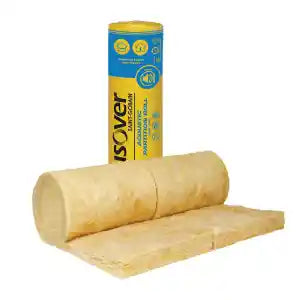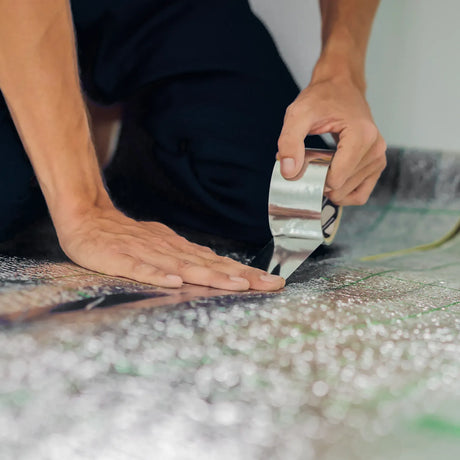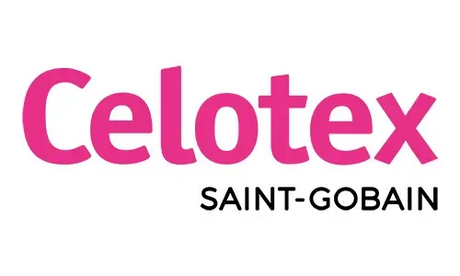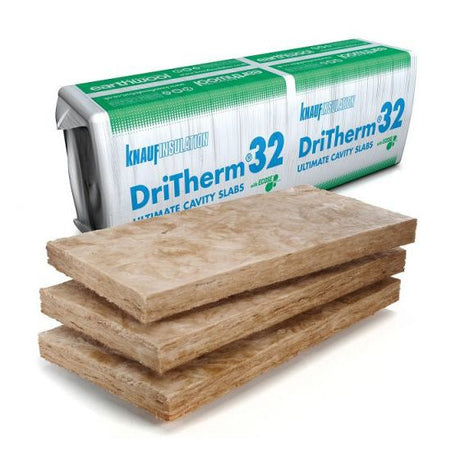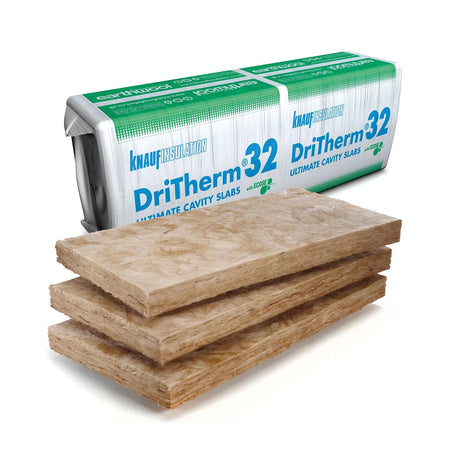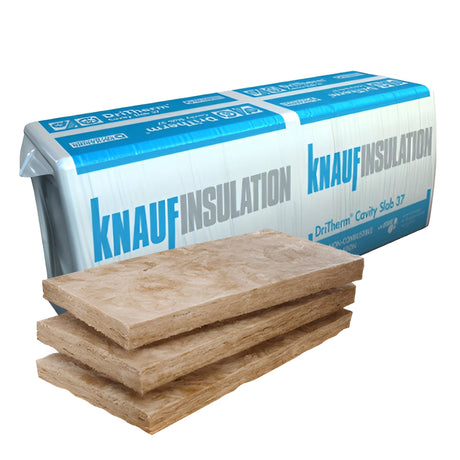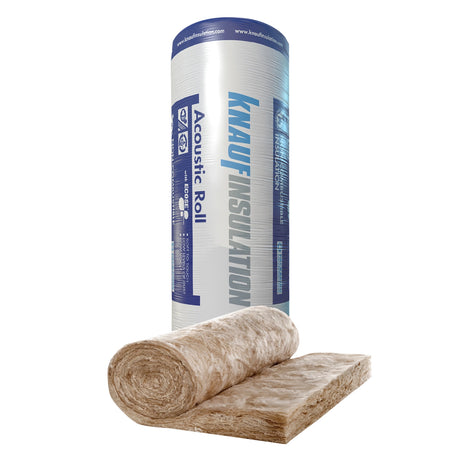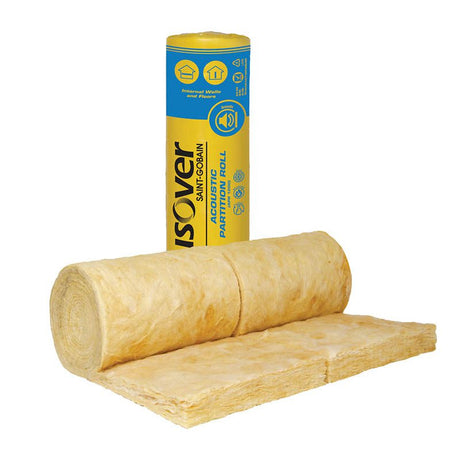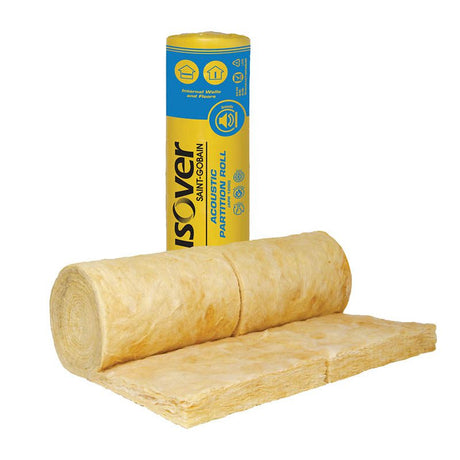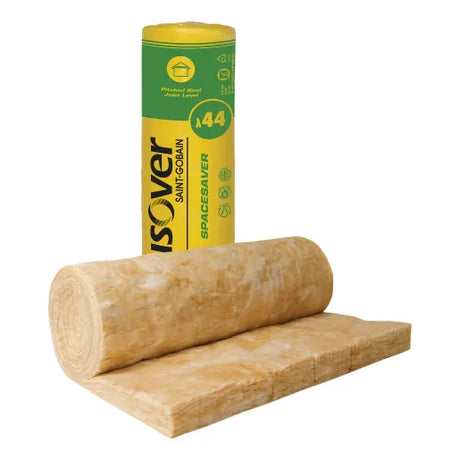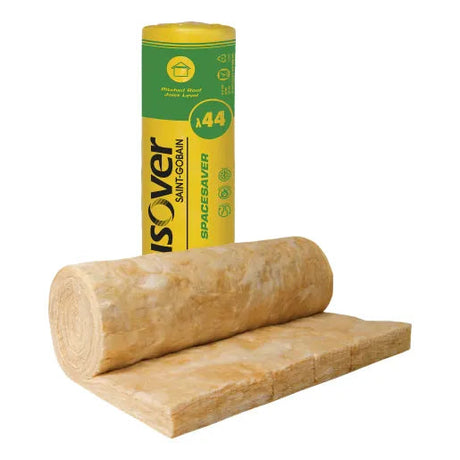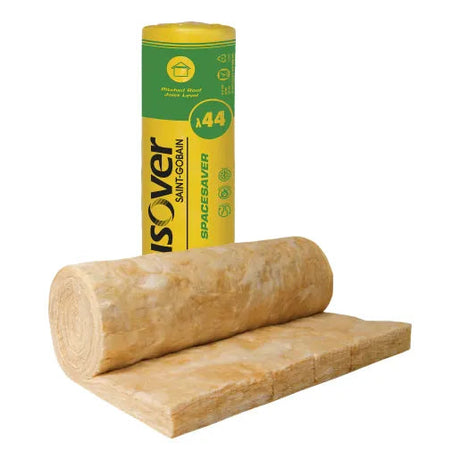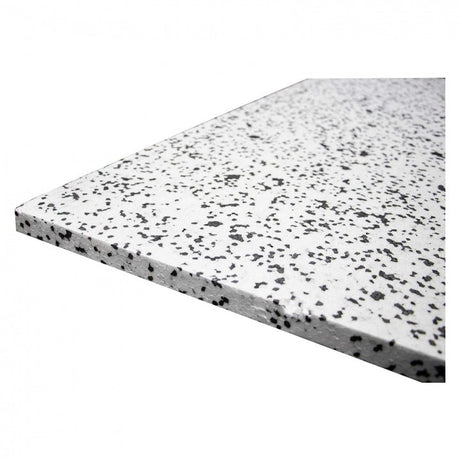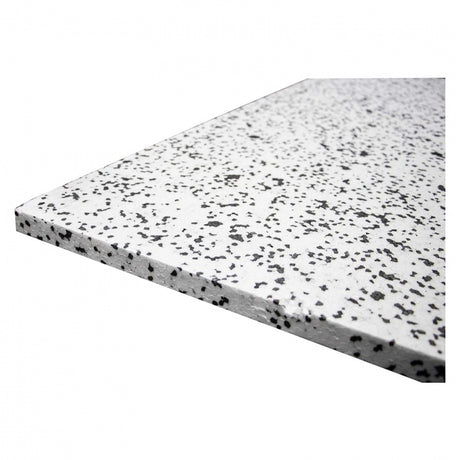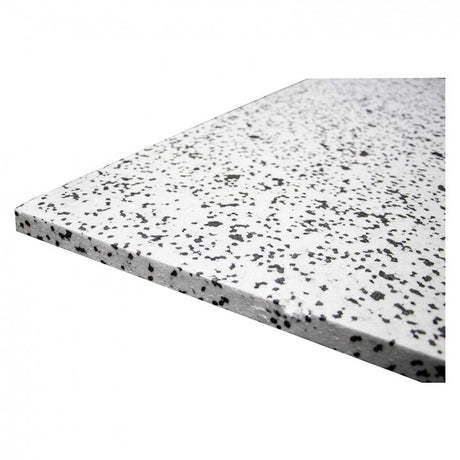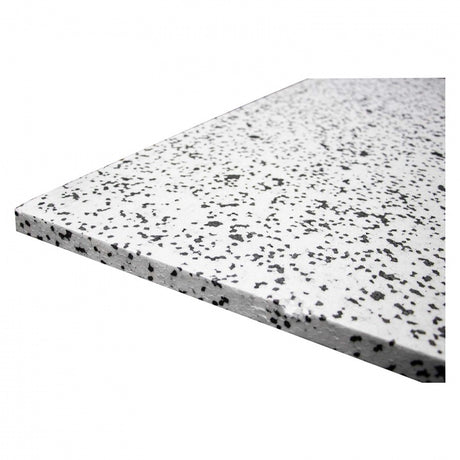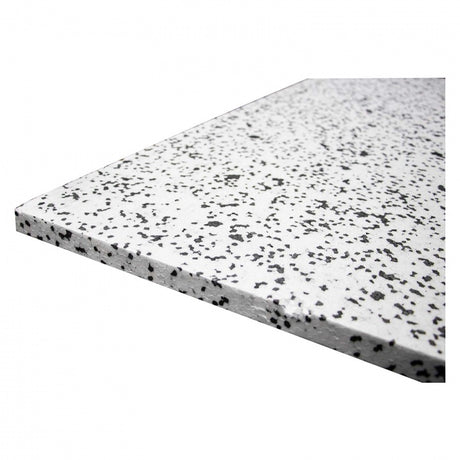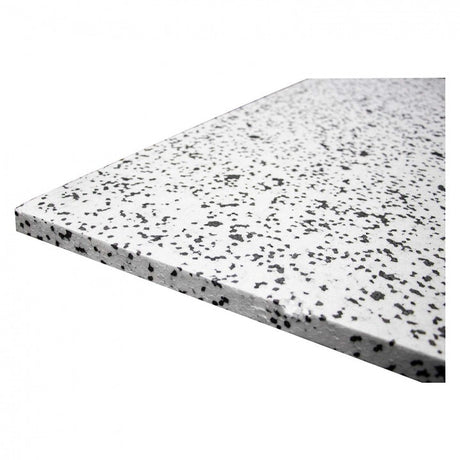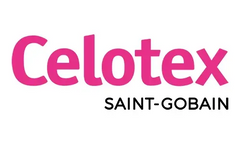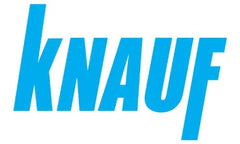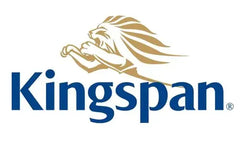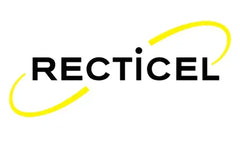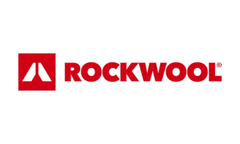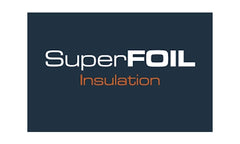Knauf
100mm Knauf Dritherm 32 Mineral Wool Cavity Wall Insulation - 3.28m² (6 Slabs/Pack)
£33.35 Ex VAT£40.02 Inc VATUnit price£0.00 Inc VAT/UnavailableKnauf
125mm Knauf Dritherm 32 Mineral Wool Cavity Wall Insulation - 2.18m² (4 Slabs/Pack)
£28.33 Ex VAT£34.00 Inc VATUnit price£0.00 Inc VAT/UnavailableKnauf
150mm Knauf Dritherm 32 Mineral Wool Cavity Wall Insulation - 2.18m² (4 Slabs/Pack)
£34.51 Ex VAT£41.41 Inc VATUnit price£0.00 Inc VAT/UnavailableKnauf
50mm Knauf Dritherm 37 Mineral Wool Cavity Wall Insulation - 6.55m² (12 Slabs/Pack)
£22.44 Ex VAT£26.93 Inc VATUnit price£0.00 Inc VAT/UnavailableKnauf
75mm Knauf Dritherm 37 Mineral Wool Cavity Wall Insulation - 4.37m² (8 Slabs/Pack)
£17.40 Ex VAT£20.88 Inc VATUnit price£0.00 Inc VAT/UnavailableKnauf
85mm Knauf Dritherm 37 Mineral Wool Cavity Wall Insulation - 4.37m² (8 Slabs/Pack)
£19.62 Ex VAT£23.54 Inc VATUnit price£0.00 Inc VAT/UnavailableKnauf
100mm Knauf Dritherm 37 Mineral Wool Cavity Wall Insulation - 6.55m² (12 Slabs/Pack)
£33.83 Ex VAT£40.60 Inc VATUnit price£0.00 Inc VAT/UnavailableKnauf
Knauf Acoustic Insulation Roll (APR) - 25mm (26.64m²) (4 Rolls/Pack)
£41.22 Ex VAT£43.39£49.46 Inc VAT£52.07Unit price£0.00 Inc VAT/UnavailableKnauf
Knauf Acoustic Insulation Roll (APR) - 50mm (16.2m²) (2 Rolls/Pack)
£39.16 Ex VAT£41.92£46.99 Inc VAT£50.30Unit price£0.00 Inc VAT/UnavailableKnauf
Knauf Acoustic Insulation Roll (APR) - 75mm (17.4m²) (1 Roll/Pack)
£61.68 Ex VAT£74.02 Inc VATUnit price£0.00 Inc VAT/UnavailableKnauf
Knauf Acoustic Insulation Roll (APR) - 100mm (12.36m²) (1 Roll/Pack)
£54.45 Ex VAT£65.34 Inc VATUnit price£0.00 Inc VAT/UnavailableKnauf
100mm Knauf Loft Roll 44 Combi-Cut Insulation - 13.89m² (1 Roll/Pack)
£27.94 Ex VAT£29.47£33.53 Inc VAT£35.36Unit price£0.00 Inc VAT/UnavailableKnauf
150mm Knauf Loft Roll 44 Combi-Cut Insulation - 9.18m² (1 Roll/Pack)
£27.70 Ex VAT£29.91£33.24 Inc VAT£35.89Unit price£0.00 Inc VAT/UnavailableKnauf
200mm Knauf Loft Roll 44 Insulation Combi-Cut - 6.84m² (1 Roll/Pack)
£27.52 Ex VAT£29.02£33.02 Inc VAT£34.82Unit price£0.00 Inc VAT/UnavailableIsover
25mm Isover Acoustic Partition Roll (APR) Insulation - 24m² (2 Rolls/Pack)
£40.61 Ex VAT£48.73 Inc VATUnit price£0.00 Inc VAT/UnavailableIsover
50mm Isover Acoustic Partition Roll (APR) Insulation - 15.6m² (2 Rolls/Pack)
£43.98 Ex VAT£52.78 Inc VATUnit price£0.00 Inc VAT/UnavailableIsover
100mm Isover Acoustic Partition Roll (APR) Insulation - 11m² (2 Rolls/Pack)
£51.29 Ex VAT£61.55 Inc VATUnit price£0.00 Inc VAT/UnavailableIsover
100mm Isover Spacesaver Loft Roll Insulation - 14.3m² (1 Roll/Pack)
£31.57 Ex VAT£37.88 Inc VATUnit price£0.00 Inc VAT/UnavailableIsover
150mm Isover Spacesaver Loft Roll Insulation - 9.34m² (1 Roll/Pack)
£33.37 Ex VAT£40.04 Inc VATUnit price£0.00 Inc VAT/UnavailableIsover
170mm Isover Spacesaver Loft Roll Insulation - 8.15m² (1 Roll/Pack)
£32.93 Ex VAT£39.52 Inc VATUnit price£0.00 Inc VAT/UnavailableIsover
200mm Isover Spacesaver Loft Roll Insulation - 6.03m² (1 Roll/Pack)
£28.49 Ex VAT£34.19 Inc VATUnit price£0.00 Inc VAT/UnavailableJablite
25mm Jablite Jabfloor 70 Polystyrene Insulation - 2400x1200mm
£3.48 Ex VAT£4.18 Inc VATUnit price£0.00 Inc VAT/UnavailableJablite
24 Boards x 25mm Jablite Jabfloor 70 Polystyrene Insulation - 2400x1200mm
£91.67 Ex VAT£149.99£110.00 Inc VAT£179.99Unit price£0.00 Inc VAT/UnavailableJablite
50mm Jablite Jabfloor 70 Polystyrene Insulation - 2400x1200mm
£6.95 Ex VAT£8.34 Inc VATUnit price£0.00 Inc VAT/UnavailableJablite
12 Boards x 50mm Jablite Jabfloor 70 Polystyrene Insulation - 2400x1200mm
£91.67 Ex VAT£149.99£110.00 Inc VAT£179.99Unit price£0.00 Inc VAT/UnavailableJablite
8 Boards x 75mm Jablite Jabfloor 70 Polystyrene Insulation - 2400x1200mm
£107.54 Ex VAT£149.99£129.05 Inc VAT£179.99Unit price£0.00 Inc VAT/UnavailableJablite
100mm Jablite Jabfloor 70 Polystyrene Insulation - 2400x1200mm
£13.89 Ex VAT£16.67 Inc VATUnit price£0.00 Inc VAT/UnavailableJablite
4 Boards x 100mm Jablite Jabfloor 70 Polystyrene Insulation - 2400x1200mm
£58.33 Ex VAT£99.99£70.00 Inc VAT£119.99Unit price£0.00 Inc VAT/Unavailable



